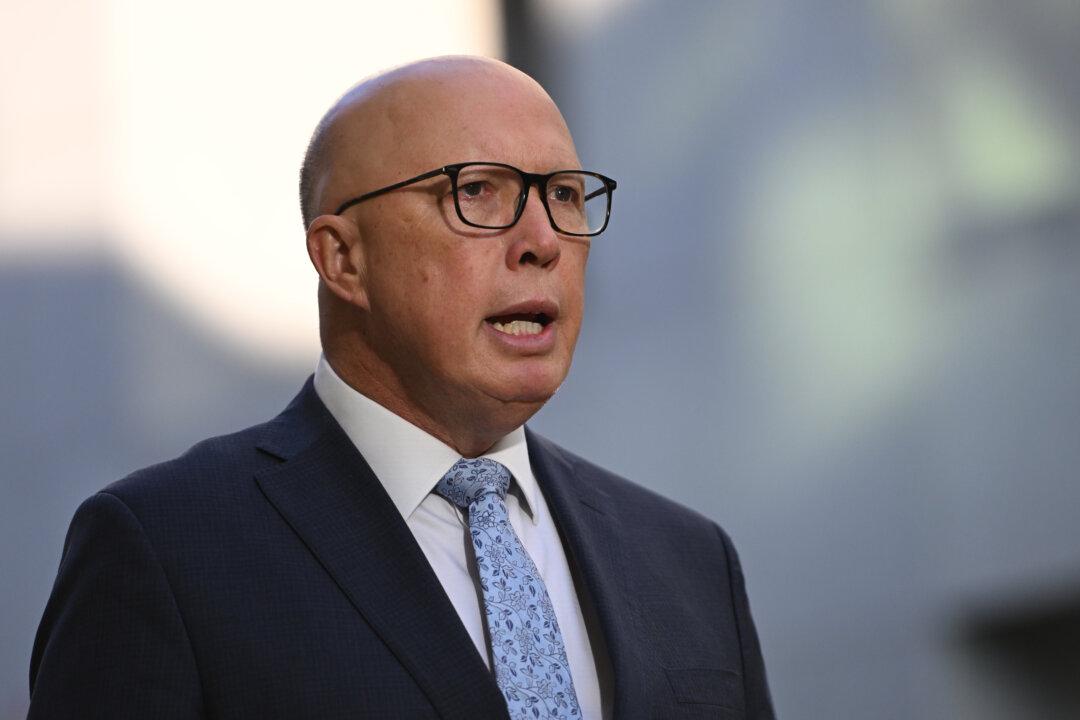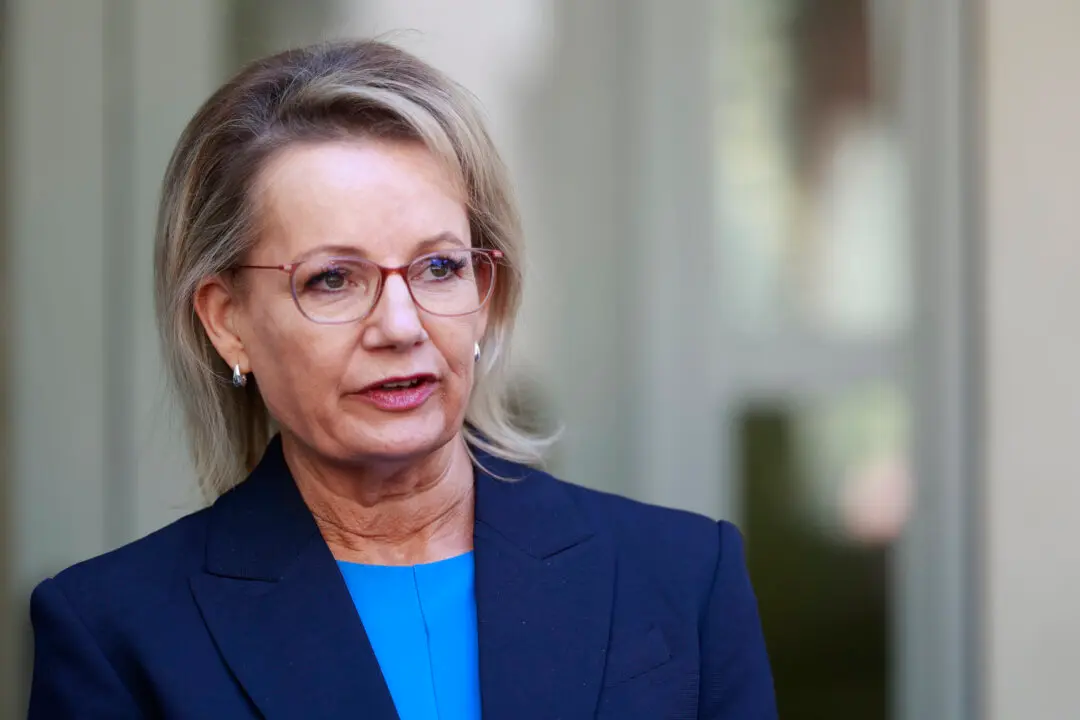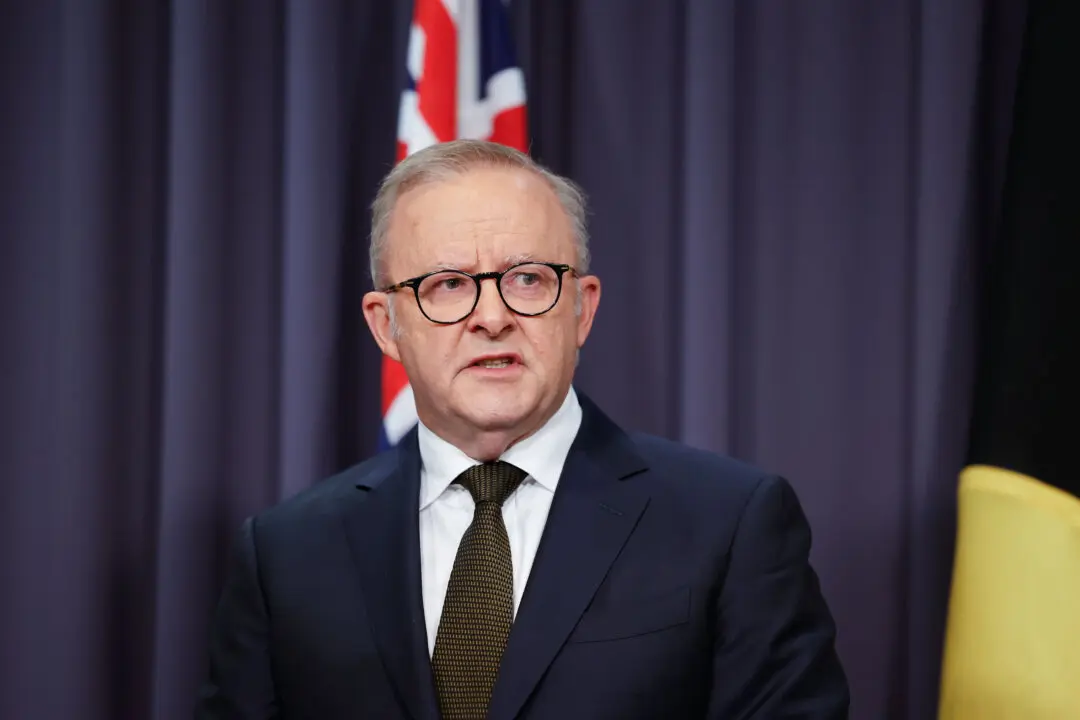Opposition Leader Peter Dutton has criticised the Albanese government’s economic management following the release of highlights from its Mid-Year Economic and Fiscal Outlook (MYEFO).
Dutton warned that another term under Labor would harm the economy, claiming the Coalition is better equipped to manage finances.





